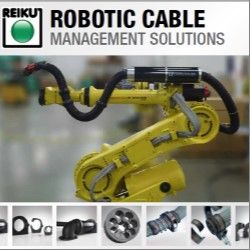Inside The Innards of a Nuclear Reactor
The robotic inspector looks like nothing more than a small metallic cannonball. There are no propellers or rudders, or any obvious mechanism on its surface to power the robot through an underwater environment. A robot outfitted with external thrusters or propellers would easily lodge in a reactor’s intricate structures, including sensor probes, networks of pipes and joints.
As the robot navigates a pipe system, the onboard camera takes images along the pipe’s interior. The original plan was to retrieve the robot and examine the images afterward. But now the MIT project director and his students are working to equip the robot with wireless underwater communications, using laser optics to transmit images in real time across distances of up to 100 meters.
Comments (0)
This post does not have any comments. Be the first to leave a comment below.
Featured Product

